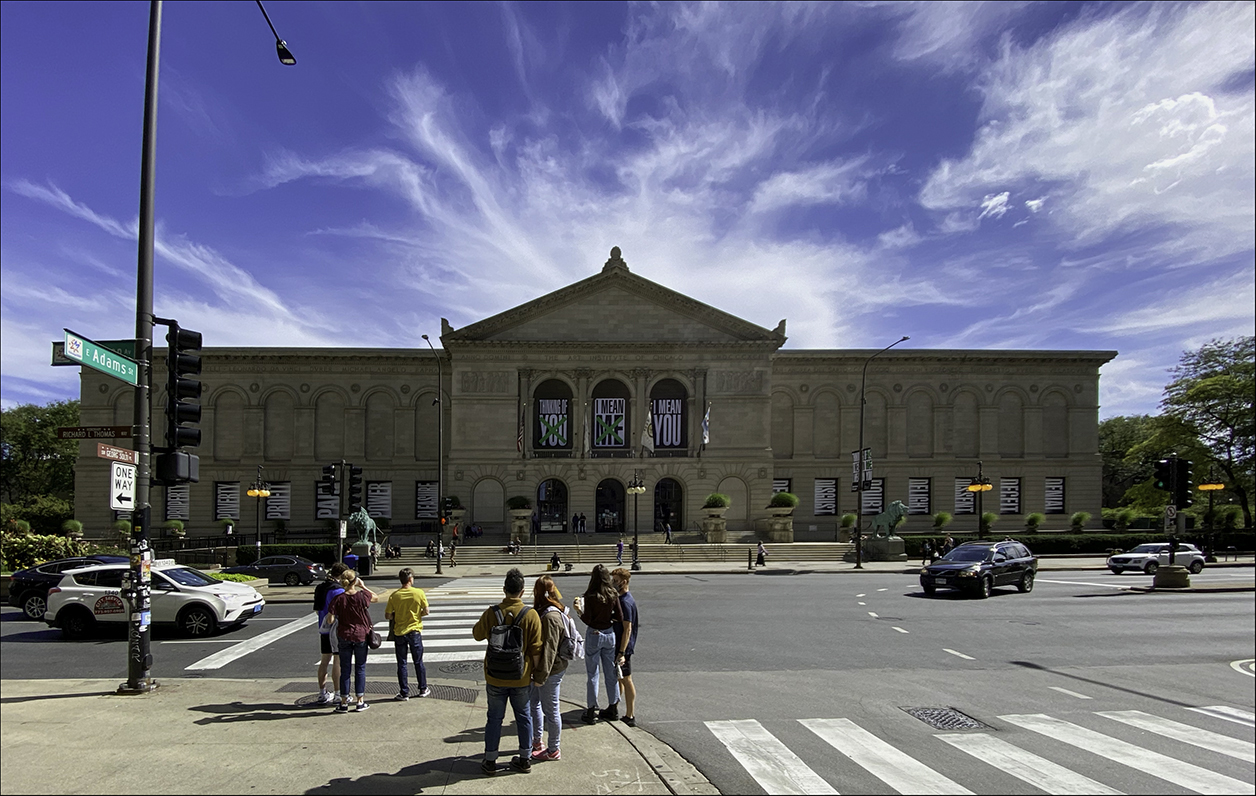With this first post after many months, I want to report that we are well. For the past 18 months we have self-isolated and paid attention to recommended guidelines for staying safe and healthy. We are so fortunate and thankful that we have not lost any family or close friends because of the pandemic.
Many of my posts on this website are about art, exhibitions, and art and architectural travels. This series of 5 posts (Emergence A – E) is more diaristic and shares some of what we did and how we participated in cultural events during this time of “stay-at-home.”
On the eve of the pandemic, we were visiting family east of Seattle on the day the first cases were announced in Kirkland and broadcast on the evening and national news. On our way home, as we were waiting at the stoplight to enter the freeway, we looked up and saw that we were at the very hospital where the first Covid-19 patients were being cared for.
The following week, on March 6, 2020, I went to what would become the last public event I would attend for the next 15 months. Even as the news of the pandemic was becoming widespread with some public events being cancelled, the Portland Art Museum was still open. I went to the opening of APEX – Ed Bereal comprised of selected works from his recent retrospective Continue reading →

